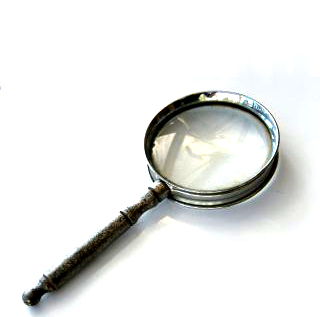Loose leave detailed
 Auditors have reviewed the compliance with annual leave policies at major federal departments.
Auditors have reviewed the compliance with annual leave policies at major federal departments.
The audit of government entities found 8 per cent had an excess annual leave balance in 2020-21.
The Australian National Audit Office (ANAO) has assessed 10 government entities, which together have about 37 per cent of the APS (55,000 people) on their books, including Aboriginal Hostels Ltd (AHL); the Australian Criminal Intelligence Commission; the Australian Taxation Office’ the Clean Energy Regulator; the Department of Finance; the Department of Industry, Science, Energy and Resources; the Murray Darling Basin Authority; the National Disability Insurance Agency; the National Indigenous Australians Agency; and Services Australia.
It shows that in the 2020-21 financial year, about $751 million worth of employee leave benefit expenses were reported by the 10 agencies, with leave provision liabilities reported by the entities for the same period amounting to more than $2 billion.
“All 10 entities largely complied with requirements for the management of staff leave,” the auditor general found.
All of the entities except the AHL had policies to support the management of staff leave.
AHL has since agreed to a specific ANAO recommendation that it should develop and implement policies for the administration of all leave types that align with legislative, award and enterprise-agreement provisions.
That agency was the only one to be fully compliant with requirements for long-service leave, although its policies for the administration of long-service leave were non-existent.
The audit also unearthed instances of material non-compliance at six entities, where annual leave commenced before approval.
This occurred 9.5 per cent of times at the ATO and 27.8 per cent at the NIA.
Long-service leave was taken before being approved at the ATO, CER, Finance, MDBA, NDIA and NIAA, at rates ranging from 11 per cent at Finance to 36.6 per cent at the NIAA.
The NDIA saw long-service leave approved without delegation in 8 per cent of cases.
The audit also showed that on one occasion at Services Australia, an employee was granted long-service leave without qualifying for it.
Federal public service employees accrue an entitlement of 0.3 months long-service leave for each year of continuous service and become eligible after 10 years of continuous service.
“Entity enterprise agreements also include provisions for long-service leave consistent with the Long Service Leave (Commonwealth Employees) Act 1976,” the report said.
“Agreements for nine entities state the minimum amount of long service leave that can be taken is seven calendar days (14 calendar days at half pay) and that long-service leave can be broken only by attendance at work, maternity and parental leave, or otherwise provided by conditions of the enterprise agreement.”
The auditor-general made two recommendations that are applicable to all entities.
“All entities [should] establish appropriate controls to ensure the use of long-service leave complies with legislative, award, enterprise agreement and policy requirements, including controls that ensure long-service leave is only broken by permitted types of leave,” the report said.
“All entities [should also] establish or refine information systems and/or other procedural controls to support the consistent management of flexible leave provisions established in enterprise agreements and determinations.”
The 10 commonwealth agencies and departments have agreed to the advice.







 Print
Print